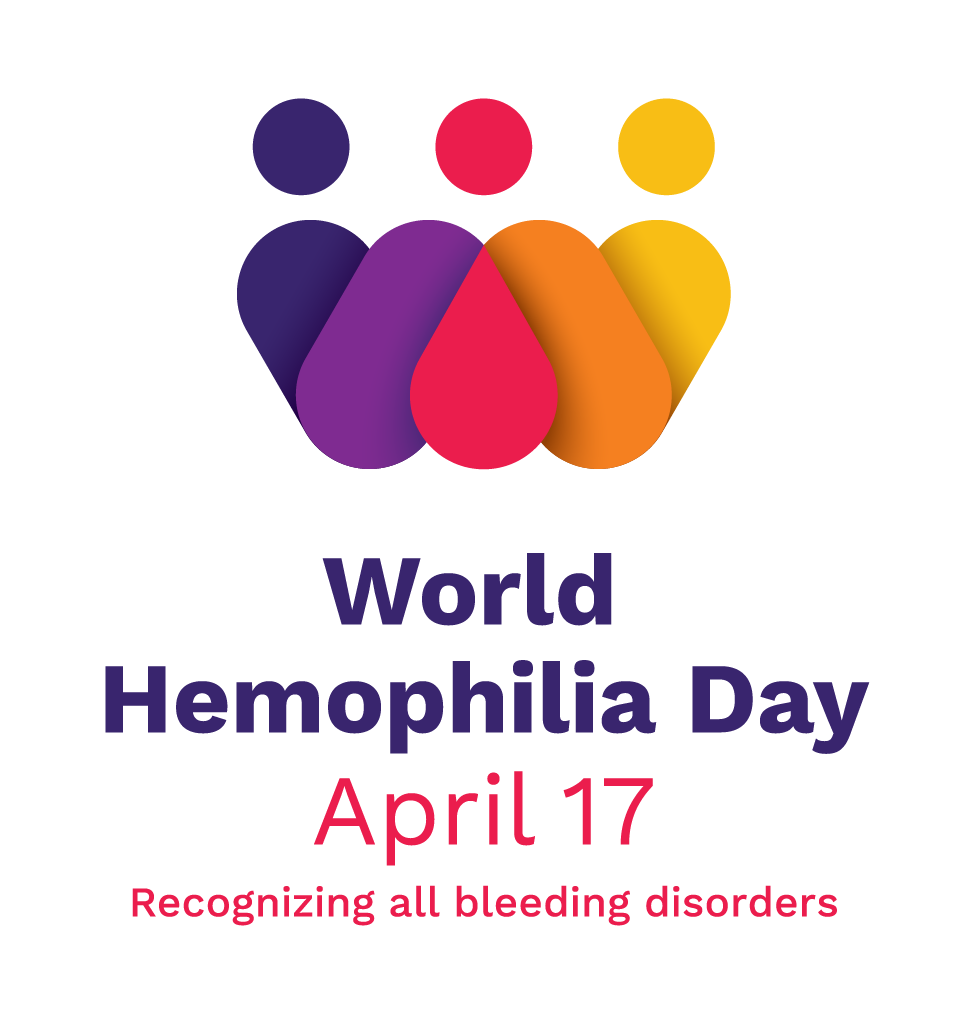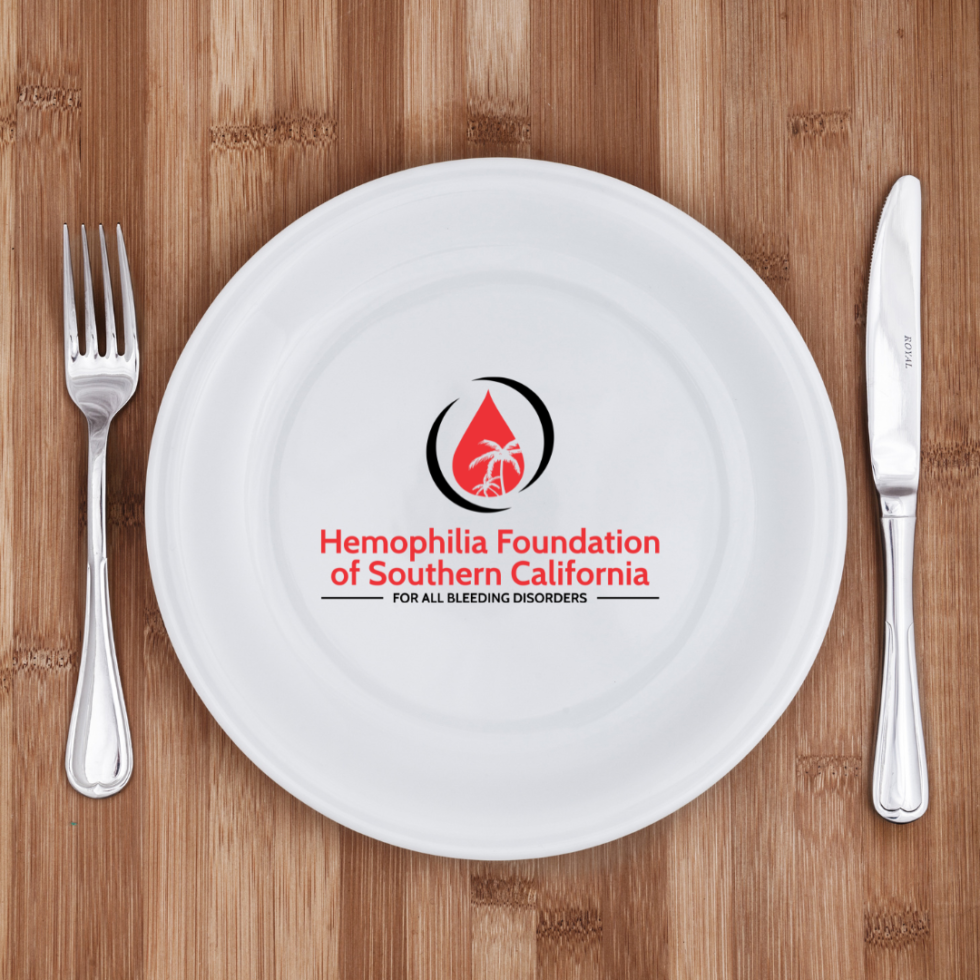Other Factor Deficiencies
FACTOR I (FIBRINOGEN)
1 in 1,000,000
Afibrinogenemia is the complete absence of fibrinogen. Hypofibrinogenemia is a low level of fibrinogen—less than 100mg in 1dL of blood. Both conditions are inherited in an autosomal fashion and can affect males and females.
The severity of the disorder is related to the amount of fibrinogen. Afibrinogenemia is usually discovered in newborns and can cause bleeding from the umbilical cord, genitourinary tract, or central nervous system. People with hypofibrinogenemia may have little, moderate, or severe bleeding.
FACTOR II (PROTHROMBIN)
1 in 1,000,000
Prothrombin is a vitamin K-dependent proenzyme that functions in coagulation. There are two types of this deficiency, a congenital version called hypoprothrombinemia, and an acquired version called dyspothrombinemia.
A life-long bleeding disorder when congenital, it’s extremely rare. In fact, only 30 cases of this hereditary clotting factor defect have been identified in the whole world.
Acquired factor II deficiency is more common. It results from vitamin K deficiency, severe liver disease, and therapeutic use of anticoagulant drugs. Risk factors for vitamin K deficiency are prolonged use of antibiotics, bile duct obstruction, and intestinal malabsorption (inadequate absorption of nutrients from the intestinal tract) disorders. Some newborns are born with vitamin K deficiency.
If it is caused by liver disease, the outcome depends on the control of the liver problem. Vitamin K administration will correct vitamin K deficiency.
Either form may lead to severe bruising, excessive menstrual bleeding, postoperative hemorrhage, or occasionally muscle bleeds.
A congenital factor II deficiency is a very rare inherited disorder that results in deficient blood clotting. The disorder is not sex-linked as is hemophilia. It affects both males and females with equal frequency. It is autosomal recessive, which means if the clotting defect is inherited from a parent, the child will be a genetic carrier of the condition, but may or may not have symptoms. A family history of bleeding disorder is a risk factor.
FACTOR V (LABILE FACTOR)
LESS THAN 1 in 1,000,000
This deficit was identified in Norway in 1943. Since then, about 150 cases have been reported, occurring in both men and women. The exact frequency of this rare disorder is unknown, but is estimated to be one per million.
The role of factor V is to accelerate the activity of thrombin. When levels of factor V are low, blood clotting is delayed or it progresses slowly. People with this deficiency may have occasional nosebleeds, excessive menstrual bleeding, and bruising, although many have no symptoms. The first sign of this condition may be bleeding following surgery.
In this disorder, bleeding ranges from mild to severe. The disease is similar to hemophilia, except bleeding into joints is uncommon. Bleeding can occur almost anywhere in the body, and death from hemorrhage has occurred with this disorder. Excessive bleeding with menstrual periods and postpartum hemorrhage occurs frequently.
A family history of a bleeding disorder is a risk factor. Men and women are affected equally.
The probable outcome is good with proper diagnosis and treatment.
FACTOR VII (STABLE FACTOR)
1 in 500,000
This extremely rare disorder can be inherited or acquired by persons without hemophilia who take Coumadin, a drug used to inhibit blood clotting.
In this disorder, bleeding can vary from mild to severe within the same person over time. Bleeding doesn’t always correspond with the severity of the deficiency shown in blood tests. A history of bleeding may occur in infancy or childhood.
Gastrointestinal and central nervous system bleeding can also occur. This disorder occurs in one in 500,000 males and females. Congenital factor VII deficiency should be distinguished from acquired factor VII deficiency that may result from liver disease, vitamin K deficiency, or other malabsorption conditions.
When levels of the factor are less than 1% of normal, bleeding can be severe. The trauma of birth may cause bleeding in the head of a newborn. Circumcision may cause prolonged bleeding. Children and adults may suffer bleeding from nose, gums, or gastrointestinal tract, and women may suffer excessive menstrual bleeding. The probable outcome is good with proper treatment.
FACTOR X (Stuart-Prower Factor) DEFICIENCY
1 in 500,000 to 1 in a million people.
Factor X (FX), or Stuart-Prower factor, deficiency was first identified in the 1950s in the US and England in two patients: Rufus Stuart and Audrey Prower. The incidence of FX deficiency is estimated at 1 in 500,000 to 1 in a million. Inheritance is autosomal recessive, meaning females and males can equally be affected. The factor X protein plays an important role in activating the enzymes that help to form a clot. It needs vitamin K for synthesis, which is produced by the liver.
Symptoms
People with mild FX deficiency experience easy bruising, nose or mouth bleeds, and bleeding after trauma or surgery. Symptoms for patients with severe FX deficiency include excessive umbilical cord bleeding, joint bleeds, intramuscular bleeds, and a high risk of intracranial hemorrhage in the first weeks of life.
Women with FX deficiency may additionally exhibit menorrhagia, or heavy menstrual bleeding. Pregnant women with FX may experience first trimester miscarriage or post-partum hemorrhage and should receive consultation by a hematologist and obstetrician prior to delivery.
Testing
Diagnosis is made through family history, prothrombin time (PT) test, partial thromboplastin time (PTT) or activated partial thromboplastin time (APTT) test. Diagnosis can be confirmed by a FX assay.
Treatment
In October 2015, the U.S. FDA approved Coagadex®, a coagulation Factor X (Human) product, manufactured by BioProdcuts (BPL). Coagadex®, a plasma derived concentrate, is indicated for individuals (aged 12 and older) with hereditary Factor X deficiency for on-demand treatment and control of bleeding episodes, and for the perioperative management of bleeding in patients with mild hereditary Factor X deficiency.
Prior to this product becoming available, fresh-frozen plasma (FPP) or plasma-derived prothrombin complex concentrates (PCCs) were the only options for treatment of bleeds. However, the amount of FX varies between PCCs (and from lot to lot). Treatment with PCCs should be used cautiously because at higher volumes they can produce blood clots.
Antifibrinolytic agents, such as aminocaproic acid or tranexamic acid, or topical therapies, such as nosebleed powders or fibrin glue, may relieve bleeding symptoms in patients with mild symptoms.
Factor XI (11) Deficiency (Hemophilia C)
1 in 100,000 people.
FACTOR XI DEFICIENCY (Hemophilia C, Plasma Thromboplastin Antecedent (PTA) Deficiency, Rosenthal Syndrome)
Factor XI (FXI) deficiency, also called hemophilia C, plasma thromboplastin antecedent deficiency and Rosenthal syndrome, was first recognized in 1953 in patients who experienced severe bleeding after dental extractions. Its incidence is estimated at 1 in 100,000 in the general population.
Severe FXI deficiency is inherited in an autosomal recessive pattern, meaning both parents must carry the mutated gene in order for their children to be affected. In some cases, FXI deficiency can also be inherited in an autosomal dominant pattern, meaning children with only one affected parent may inherit the condition. However, people with only one copy of the mutated gene rarely exhibit severe symptoms. Men and women are affected by FXI deficiency equally.
FXI plays an important role in the clotting cascade, which leads to a clot. It helps generate more thrombin, a protein that converts fibrinogen to fibrin, which traps platelets and helps hold a clot in place.
Symptoms
FXI levels in the blood do not necessarily correlate with bleeding symptoms. People with low levels may bleed less than those with higher levels. Although some patients experience frequent nosebleeds or soft tissue bleeds, others first experience hemorrhaging only after tooth extraction, such as for wisdom teeth, surgery or trauma. Further, bleeding may be delayed after these procedures. Women may not know they have FXI deficiency until they experience menorrhagia, or heavy menstrual periods, and postpartum bleeding. Joint and muscle bleeds are uncommon.
Testing
Diagnosis is made through a bleeding time test, platelet function tests, and prothrombin time (PT) and activated partial thromboplastin time (aPTT) tests. A FXI assay helps confirm the diagnosis.
Treatment
In the US there are no FXI concentrates available. However, there are two FXI concentrates manufactured in Europe, one by Bioproducts Laboratories (BPL) in the UK, the other by LFB in France, but only for limited patient use.
Fresh frozen plasma (FFP) is normally used for treatment. However, because FXI is not concentrated in FFP, large amounts of it may be needed. This can lead to blood clots, so FFP must be administered carefully.
Fibrin glue works well to maintain clots after mouth bleeds. When combined with FFP, it arrests bleeding after circumcision and hernia repair. Antifibrinolytics, such as aminocaproic acid, help control nosebleeds and bleeding after tooth extraction.
FACTOR XII (Hageman Factor) DEFICIENCY
Factor XII (FXII) deficiency, also called Hageman factor deficiency, was first identified in 1955 in John Hageman. Its incidence is estimated at 1 in a million. FXII deficiency is inherited in an autosomal recessive fashion, meaning both parents must carry the gene to pass it on to their children; it affects men and women equally. It is more common in Asians than other ethnic groups.
FXII interacts with the activation of FXI to FXIa to generate thrombin, a protein that converts fibrinogen to fibrin, which traps platelets and helps hold a clot in place.
Symptoms
Some people with FXII deficiency experience poor wound healing. However, most do not display bleeding manifestations, even after major surgery.
Testing
Since bleeding time is usually normal, diagnosis is made by a prolonged activated partial thromboplastin time (aPTT) test. A factor XII assay helps confirm the diagnosis.
Treatment
No treatment is required.
FACTOR XIII (Fibrin Stabilizing Factor) DEFICIENCY
Factor XIII (13) Deficiency
Factor XIII deficiency is estimated to occur in 1 in 5 million people. It is the rarest of the rare factor deficiencies.
Factor XIII (FXIII), or fibrin stabilizing factor, deficiency was first reported in the literature in 1960. It is the rarest factor deficiency, occurring in 1 per 5 million births. It is inherited in an autosomal recessive fashion, meaning that both parents must carry the gene to pass it on to their children; it affects men and women equally.
Symptoms
FXIII protein stabilizes the formation of a blood clot. Without it, a clot will still develop, but will then break down and cause recurrent bleeds. Umbilical cord bleeding is common in factor XIII deficiency, reported in almost 80% of cases. Up to 30% of patients sustain a spontaneous intracranial hemorrhage, a brain bleed, which is the leading cause of mortality. Other symptoms of FXIII deficiency include bruising, nose and mouth bleeds, muscle bleeds and delayed bleeding after surgery.
Women can experience menorrhagia, long, heavy menstrual periods, and repeat miscarriages. Men with FXIII deficiency may show signs of infertility.
Testing
Because patients with FXIII deficiency form a clot, clotting tests come back normal. Instead, diagnosis is made using FXIII assays and a clot solubility test.
Treatment
In February 2011, the US Food and Drug Administration (FDA) approved Corifact®, a product manufactured by CSL Behring to prevent bleeding in people with congenital FXIII deficiency. In 2013, the FDA expanded the use to include peri-operative management of surgical bleeding in adults and children. Corifact is given via intravenous infusion.
Corifact is made from the pooled plasma of healthy donors. It can be used for patients lacking FXIII or who have reduced levels of it. People receiving Corifact may develop antibodies against FXIII, making the product ineffective. If higher than recommended doses are given, there is a risk of clot formation.
In December 2013, the FDA approved Tretten®, manufactured by Novo Nordisk, for routine prophylaxis in people with congenital FXIII A-subunit deficiency. It is an intravenous infusion product for children and adults; 95% of patients with FXIII deficiency have the A-subunit deficiency. Tretten is the only recombinant product approved to treat these patients. Common side effects include headache, and pain in the extremities and at the injection site.
Cryoprecipitate should not be used to treat patients with FXIII deficiency except in life- and limb-threatening emergencies when FXIII concentrate is not available.


